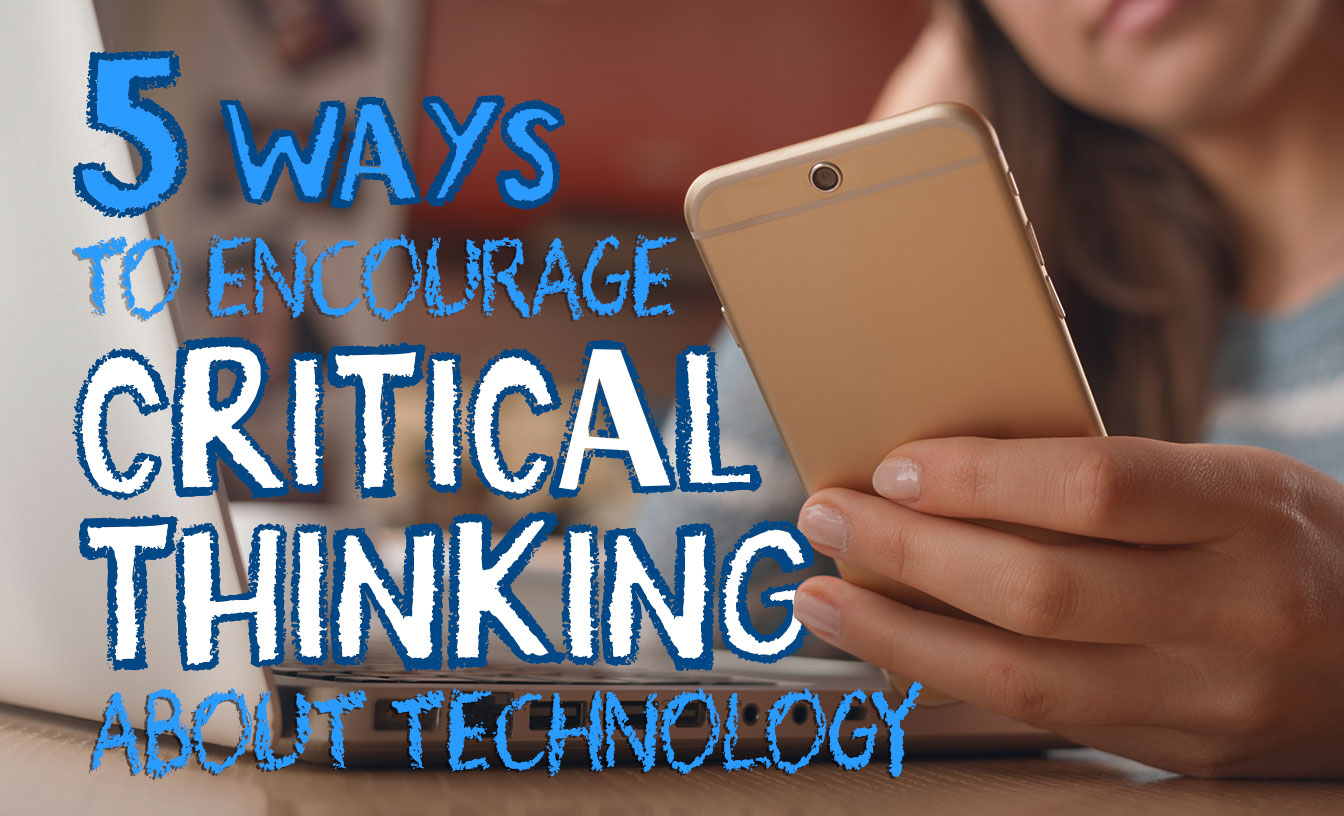As early as 2012, teens between 14 to 17 years old were sending a median of 100 texts a day, according to Pew Research Center. Have you ever stopped to consider how different teens’ communication via smartphones and social media is from the language they are being taught in schools?
[su_pullquote align=”right”]Whatever happens with the evolution of communication, it’s clear that today’s students will need to know how to use technology efficiently and effectively.[/su_pullquote]Some linguists might suggest the language of texts and emojis to be a sign that language is evolving. We didn’t always have contractions; maybe the same process that changed ‘you will’ to ‘you’ll’ is changing ’shaking my head’ to ‘SMH.’ But these changes are happening so fast that we hardly have time to consider them, or how they might affect cognition. What are the implications for professional communication when young people have spent more time sending emojis and snaps than they have spent composing essays, or speaking publicly?
Today’s students have access to virtually any answers they might seek at their fingertips. More students and teachers are asking why or whether memorization still matters, and these questions have big implications for how learning is changing.
Whatever happens with the evolution of communication, it’s clear that today’s students will need to know how to use technology efficiently and effectively. Here are a few strategies that parents and teachers might consider to support positive technology habits.
- Cultivate creativity. Online worksheets and quizzes might be efficient, but these tools aren’t creative. Instead, students consume technology that has been created by someone else, with the goal of making measurement efficient for the teacher. What happens when teachers encourage students to create using technology, rather than consume or complete? Technology can be a remarkable tool for creating “real” work that others might use or apply, and that students can evaluate themselves for effectiveness.
- Encourage students to assess how they are using their time. Ask students what matters most to them— and to consider if how they are spending their time aligns with their values. Our core human values involve relationships, community, and self-awareness. Can they use technology to support deepening these values?
- Seek opportunities for students to make an impact. Technologies that support meaningful social entrepreneurship are everywhere, and many are not dependent on the age of the user. Can students use social media to connect a community, or to fundraise for a worthwhile cause? Show examples and encourage discussion.
- Share current research and discuss the implications. What do students know about the attention economy, or how technology designers are strategically manipulating us? If students are old enough to have a smartphone, they are old enough to engage in discussing that technology’s effects.
- Help students to become intentional about technology. Pew Research recently reported that many teens regularly forego posting selfies, videos or other updates of their lives to social media. When students know that their clicks, locations, and time on pages are tracked, they become more intentional about how they spend their time consuming media.
We may not be able to predict tomorrow’s devices or dialects, but we can encourage today’s students to think creatively and critically about their use of technology.
What strategies have you used to support students in thinking critically about technology?

